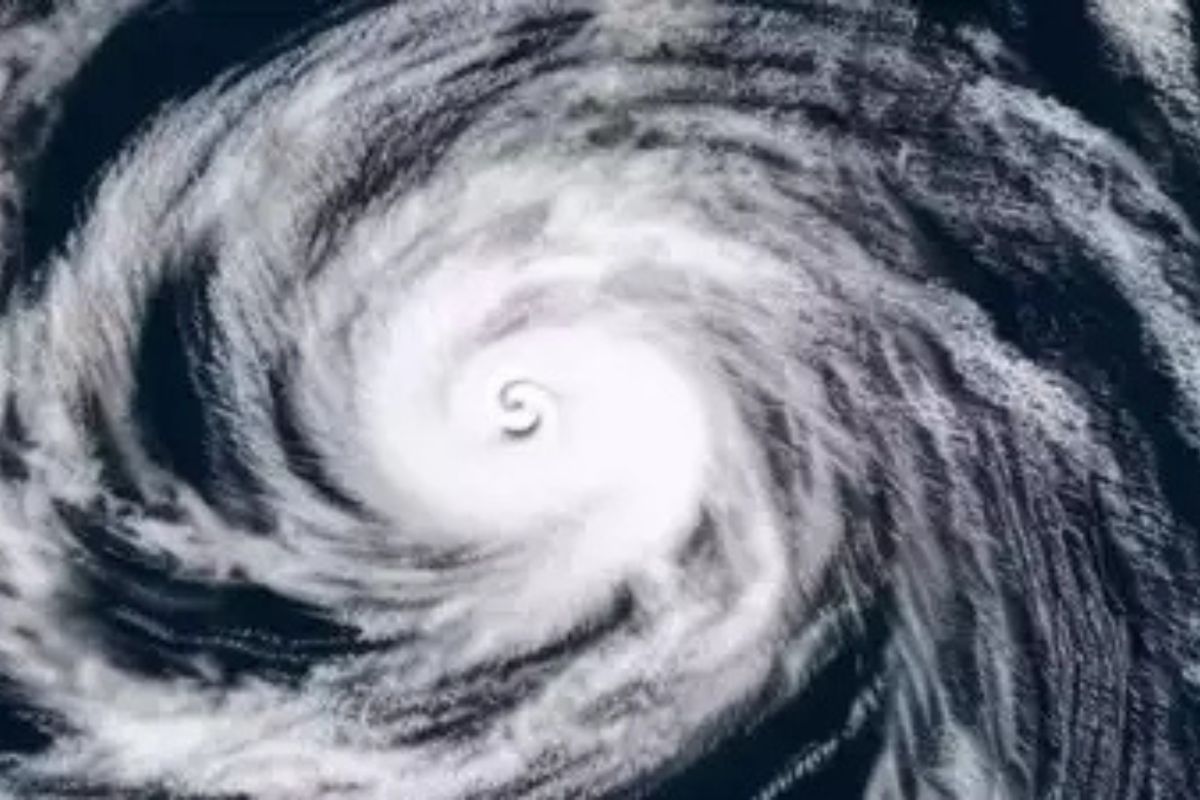Two kids die in house fire incident in Delhi
Two children lost their lives after a fire broke out at their house in west Delhi's East Punjabi Bagh area, police said on Monday.
The death toll from Tropical Cyclone Chido’s remnants in Malawi rose to seven, with nearly 35,000 people stranded, the African country’s Department of Disaster Management Affairs (DoDMA) said on Tuesday.
IANS | New Delhi | December 18, 2024 11:16 am

SNS
The death toll from Tropical Cyclone Chido’s remnants in Malawi rose to seven, with nearly 35,000 people stranded, the African country’s Department of Disaster Management Affairs (DoDMA) said on Tuesday.
DoDMA Commissioner Charles Kalemba said in a statement that a total of seven deaths have been recorded in five districts, while approximately 34,741 people from 7,721 households have been affected, marking a sharp rise from Monday’s report of 1,800 affected families.
Advertisement
According to the statement, the department also registered 16 injuries, and at least 20 councils in the southern and central regions, including the national capital of Lilongwe, have experienced “mild to severe damages”.
Advertisement
The cyclone left a trail of destruction as it blew off roofs of dwelling houses and public infrastructure on the way.
The Malawian government, through the DoDMA, Malawi Red Cross Society, and other agencies, has deployed standby resources for search and rescue exercises. Schools in southern Malawi, which were suspended Monday, reopened Tuesday after the authorities decided that it was safe to do so.
The Department of Climate Change and Meteorological Services said in a statement on Monday that Cyclone Chido, which made its landfall in neighbouring Mozambique on Sunday, has exited Malawi and is no longer a threat to the southern African country.
The DoDMA has since decommissioned the search and rescue operations teams, which were earlier deployed to risk areas in anticipation of emergency in the wake of Cyclone Chido.
The government, through the Department of Disaster Management Affairs, the Malawi Red Cross Society, and other agencies, has deployed standby resources for search and rescue operations.
Chido originated as a tropical depression in the southeastern Indian Ocean basin between December 7 and 8.
A tropical depression is characterised by a region of low atmospheric pressure over an ocean, accompanied by a circular wind pattern generated by thunderstorms. These systems exhibit maximum sustained wind speeds of 61 km/h or lower.
Should a tropical depression strengthen, it can evolve into a tropical storm, which is defined by wind speeds ranging from 62 km/h to 119 km/h. Winds exceeding this threshold classify the system as a tropical cyclone.
The terminology surrounding these systems can be somewhat confusing. In the Atlantic Ocean, Gulf of Mexico, Caribbean Sea, and northeastern Pacific Ocean, tropical cyclones are referred to as hurricanes. Conversely, in the western Pacific Ocean, they are known as typhoons, while in the South Pacific and Indian Ocean, the term cyclone is used.
Advertisement
Two children lost their lives after a fire broke out at their house in west Delhi's East Punjabi Bagh area, police said on Monday.
A 16-year-old boy was stabbed to death in the Wazirabad area of North Delhi after being abducted for Rs 10 lakh ransom, a police officer said on Wednesday. Three juveniles have been detained in the case.
African leaders from eastern and southern Africa appointed five former presidents to an expanded panel of facilitators to advance the peace process in the eastern Democratic Republic of the Congo (DRC) at a virtual summit.
Advertisement
